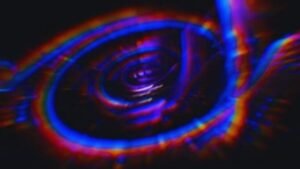Three astronomical eclipses will position Spain at the focal point of the universe and on the brink of collapse.

For three consecutive years, Spain will be hosting a unique celestial event: a trio of solar eclipses that has sparked enthusiasm in astronomical tourism and raised concerns among institutions. With millions of visitors expected, the country is presented with a historic opportunity, but also faces an unprecedented logistical and environmental challenge. The task ahead is immense: ensuring safety while not overshadowing the spectacle.
### The cosmic trio that will revolutionize Spain
Between August 2026 and January 2028, three solar eclipses—two total and one annular—will pass through the Spanish skies. The first, on August 12, 2026, will be a total eclipse crossing the country from northwest to southeast, casting regions like Asturias, Castellón, and the Balearic Islands into shadow for an intense two minutes. A year later, on August 2, 2027, darkness will engulf the south: Cadiz, Ceuta, Almería, and Malaga will experience nearly five minutes of totality, one of the longest of the century. Finally, on January 26, 2028, the “ring of fire” of the annular eclipse will traverse much of the peninsula from Huelva to Aragon, a rare phenomenon visible at sunset promising unforgettable images.

### The Government takes action: thirteen ministries involved
The magnitude of the event has prompted the Government to establish an unprecedented interministerial commission. Coordinated by the Ministry of Science and involving Transport, Interior, Defense, and others, the commission’s mission is to meticulously plan every detail: from traffic management to security measures, including environmental considerations. The experiences of the United States during similar eclipses have served as a cautionary tale: potential scenarios include kilometers of traffic jams, overwhelmed services, and an elevated risk of wildfires.
### Risks: from wildfires to counterfeit glasses
One of the main risks is the strain on rural areas lacking adequate infrastructure. The “empty Spain” could see a surge in temporary population, depleting essential services, generating waste, and causing environmental harm. Additionally, there is a concern about summer wildfires, the distribution of counterfeit eclipse viewing glasses, and a novel phenomenon: the photovoltaic blackout. With 25% of the national energy generated from the sun, an eclipse could rapidly darken the country within minutes.






